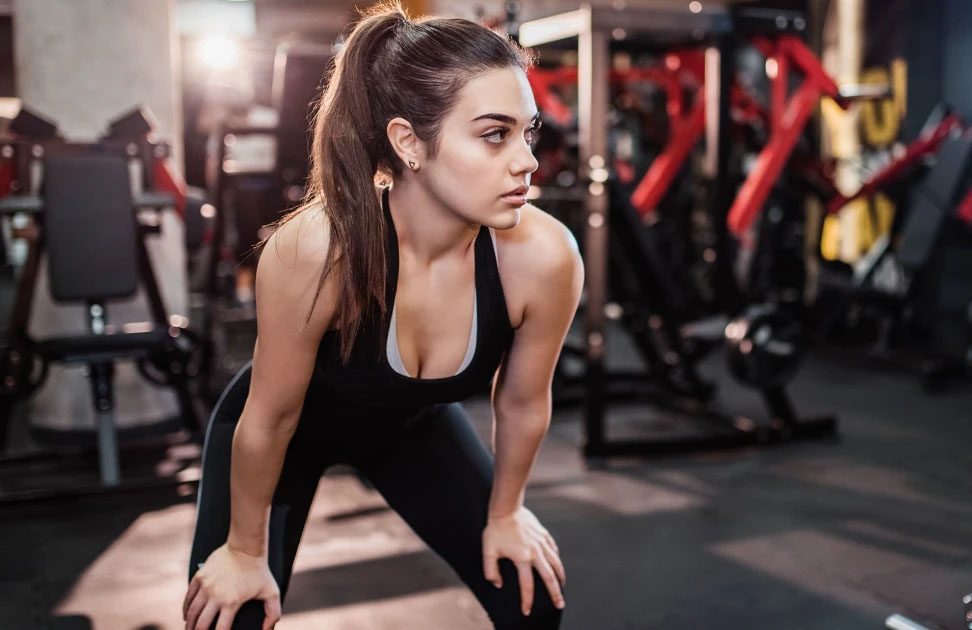
Photo Credit: Getty Images
Gym workouts typically revolve around structured exercises aimed at improving strength, endurance, flexibility and overall fitness.
Resistance Training: This involves using weights, machines, resistance bands or bodyweight exercises to build strength and muscle mass. Common exercises include squats, deadlifts, bench presses and biceps curls.
Cardiovascular Exercises: Cardio workouts elevate your heart rate and improve cardiovascular health. This includes running, swimming and using cardio machines like treadmills and elliptical.
Stretching and mobility exercises help improve flexibility, reduce the risk of injury and enhance performance. Yoga, Pilates and dynamic stretches are common in this category.
Functional training: This focuses on exercises that mimic movements used in daily activities or sports. It helps improve coordination, balance and stability. Medicine ball throws, kettle bell swings and balance exercises well fit in this category.
Circuit Training: this involves performing a series of exercises back-to-back with minimal rest in between. It is great in improving both strength and cardiovascular fitness.
Periodization: This involves organizing your workouts into distinct phases to achieve specific goals over time. Common phases include hypertrophy which is muscle building in other words, strength and endurance.
Rest and recovery. Adequate rest is essential for muscle repair and growth. It is important to balance intense workouts with rest days and prioritize sleep and nutrition for optimal recovery.
Progressive Overload: To continue making progress, it is crucial to gradually increase the intensity, volume or complexity of your workouts over time. This keeps challenging your body and stimulating adaptation.
Remember always to prioritize proper form and technique to reduce the risk of injury and consider consulting with a professional or personal trainer to design a workout plan tailored to your goals and fitness level.
For gym-goers, it is essential to fuel your body with nutritious foods that support your workouts and help with recovery.
For instance protein is crucial for muscle repair and growth. Opt for lean sources such as chicken breasts, turkey, fish, tofu, tempeh, eggs, low-fat dairy and legumes like beans and lentils. Carbs provide energy for your workouts. Choose complex carbs like whole grains [brown rice, quinoa and oats], sweet potatoes, fruits, vegetables and legumes. They provide sustained energy without causing rapid spikes in blood sugar levels.
Healthy fats support overall health and can help with satiety. Incorporate sources like avocados, nuts, seeds, olive oil and fatty fish like salmon, mackerel and sardines into your diet. Fruits and vegetables rich in vitamins, minerals and antioxidants which aid in recovery and support health. Aim to include a variety of colorful fruits in your meals and snacks.
Individual nutrients needs may vary based on factors such as age, gender, weight, and activity level and fitness goals. It is also important to listen to your body and adjust your nutrition accordingly. If you have specific dietary concerns or goals, consider consulting with a registered dietitian or nutritionist for personalized guidance.






















